In the pantheon of western theater, the musical has always been one of the most enduring and influential genres. An entertainment form that demands an exciting, relatable story told with unforgettable songs, musicals have created some of the most memorable contributions to contemporary pop culture. An ever-evolving theatrical phenomenon that reflects the tone and tenor of its time, the musical requires a sharply focused trifecta of talent—composer, lyricist, librettist—in order to succeed. For music director-arranger Ian Chan, the opportunity to serve as composer for freshly-minted
show “OUT: An Asian American Musical” was a dream come true.
“‘OUT’ was an idea that had been percolating for a long time,” Chan said. “[Librettist] Kalos Chu and I are close friends and we had always wanted to write a musical that centered on the queer Asian experience. So, I was fortunate to be part of the creative process from the very beginning — and it has been a great honor to bring this project to theatrical fruition.”
It's a classic comedy of errors with contemporary twist, as Chan explained: “‘OUT; is a coming-of-age drama-comedy that weaves together stories of three queer Asian kids in their mid-20s. When Oliver accidentally tells his parents that he’s found a girlfriend, he turns, as one does, to the internet. With the help of his best friend, Kasey, and a new [fictional] dating app ‘+1,’ he hires May to be his pretend date. The three soon find their lives intertwined in more ways than they’d expected, and begin to question not only who they are, but what they owe to their families.”
With such a rich emotional/social premise, the “OUT” team—Chu (who also directed), Chan and lyricist JuHye Mun—had an engagingly formidable task at hand, a theatrical occasion to which they ably and eagerly arose; as the Harvard Crimson wrote, “OUT incorporates the ingredients which make musicals brilliant without sacrificing sincerity [and] promises to deliver on the aspects of musical theater that fans enjoy while also telling a story that feels incredibly real.”
Getting that offbeat mixture just right required equal measures of refined delicacy and broad comedic strokes and the trio’s painstaking, deliberate sense of craftsmanship was key to the show’s success.
As composer, it was an opportunity for Chan to draw from and actively enhance his own lifetime of musical experience: “The work I was composing had to have roots in contemporary musical theater, but it was nonetheless important for me to find my own voice within those parameters,” Chan said. “I allowed myself to reach into to my own background, by drawing on compositional techniques and tropes from Cantonese pop, the very thing I listened to growing up. I think the storytelling in popular music often sweeps by listeners, almost completely unnoticed, but it is a big source of untapped discursive power, and a vantage point that brings us back to the specific narrative content.”
Characteristically, Chan also assumed a multiplicity of musical roles—a testament to his exceptional skill set and near limitless capabilities. “I wasn’t only the composer but also our orchestrator, arranger, and music director,” he said. “As a result, I was involved for the entirety of casting and rehearsal. It was a joy to experience different interpretations of the music and script that we had crafted and the rehearsal process was full of opportunities to adapt and enrich the content for the specific cast we’re lucky enough to have had.”
Staged at Cambridge’s venerable Agassiz Theater, the show’s world premiere and run of performances played to enthusiastic SRO audiences. “The greater Boston community loved the show,” Chan said. “I was able to talk to so many audience members who found themselves represented in an original way, because the musical presents a fresh perspective on issues and problems that are familiar to us.”
“It was absolutely fantastic being able to not just create but be involved with the interpretation and realization of a show so directly and personally meaningful to me,” he said. “I truly believe musical theater can be a magical art form, and this was so rewarding and such a powerful experience for me.”
For Chan, the most demanding workload of responsibilities affords a bounty of opportunities for spontaneous creative expression; it’s a setting he both thrives in and excels at, and this remarkably comprehensive quality has allowed him to steadily raise his professional profile and significantly burnish an already sterling reputation as a multi-talented, in-demand music director-arranger.
With “OUT,” the results speak for themselves, and while the 2023 debut engagement has come and gone, this show most definitely (as they say on Broadway) has legs: “We’ve been submitting the show to a variety of future opportunities and settings, with some exciting successes,” Chan said. “Unfortunately, I can’t reveal anything just yet—but stay tuned!”
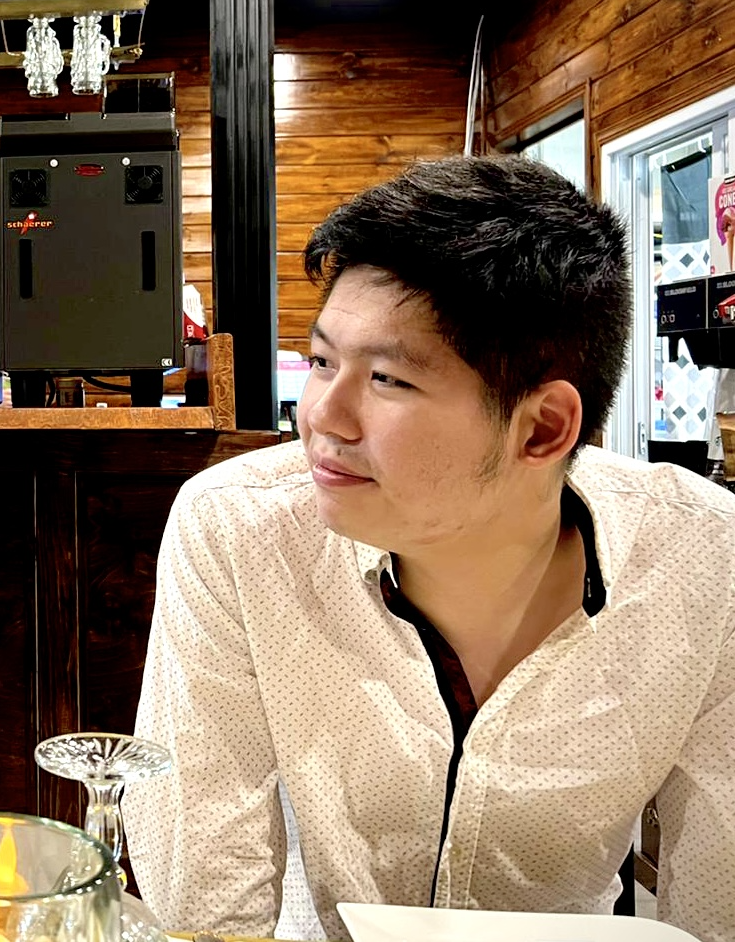

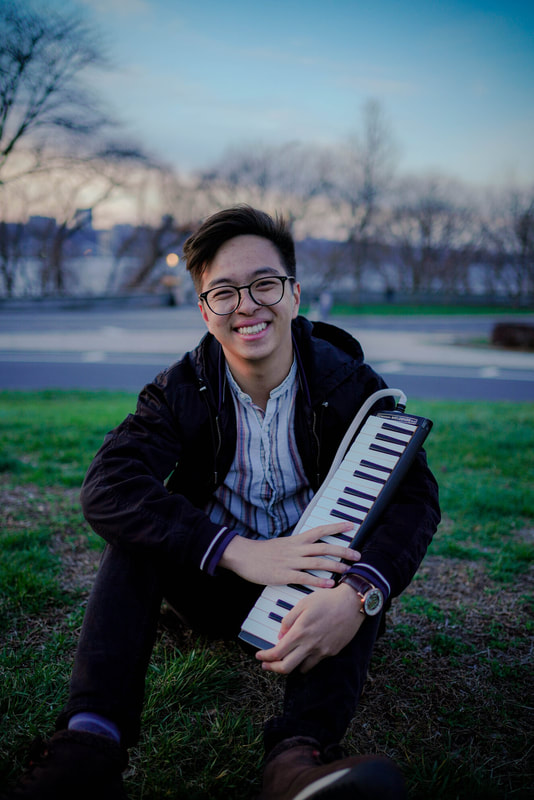
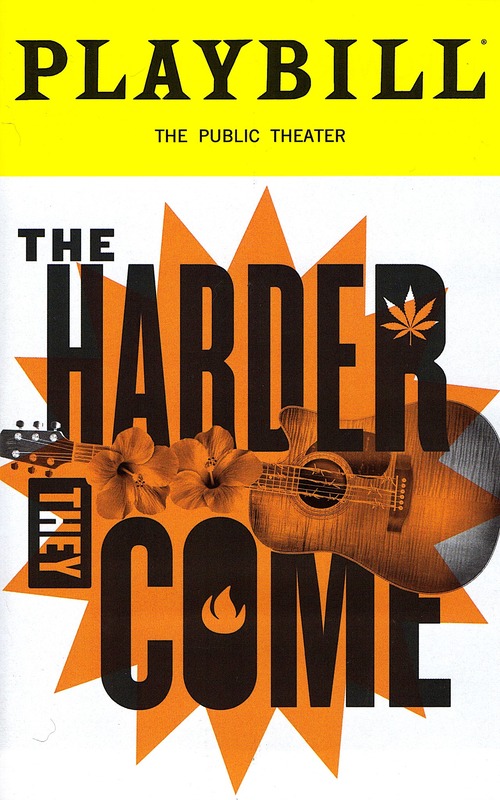

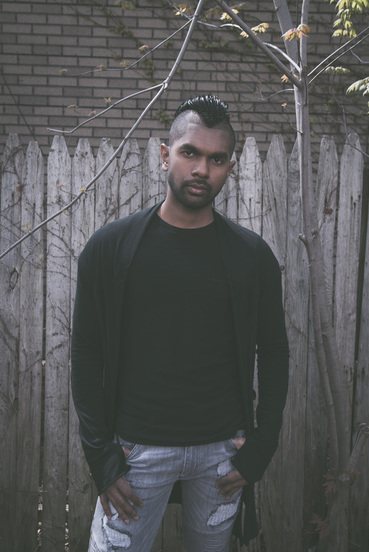

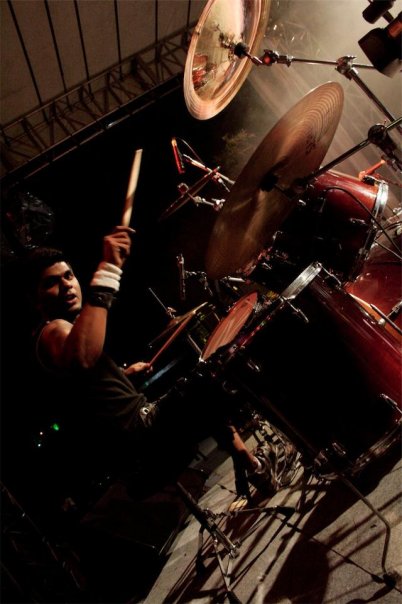
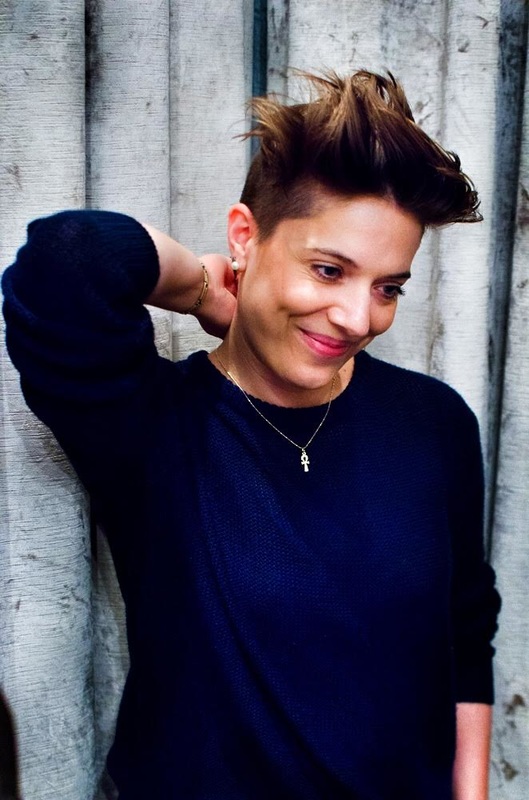

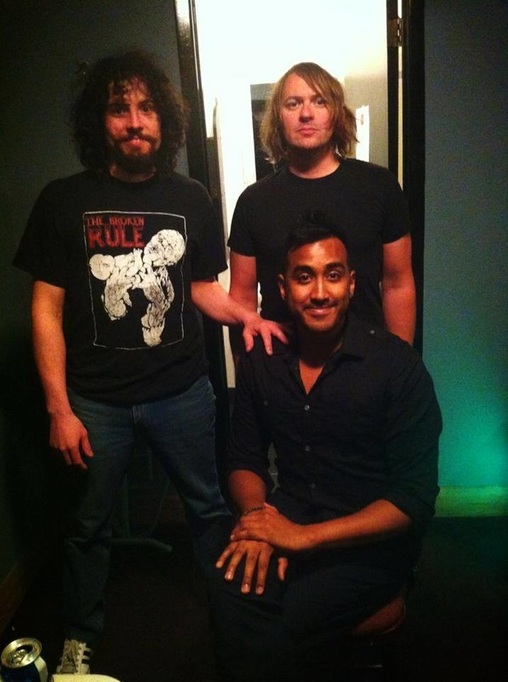
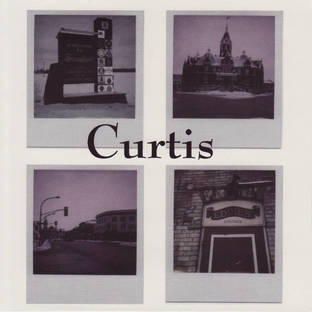
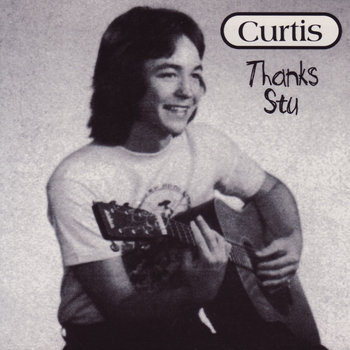
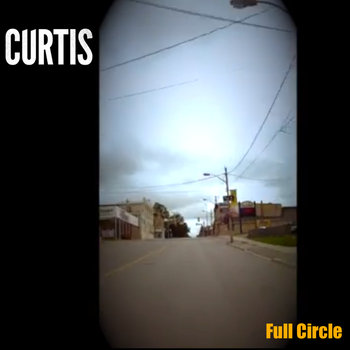
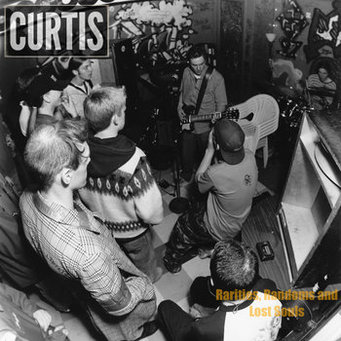


 RSS Feed
RSS Feed
